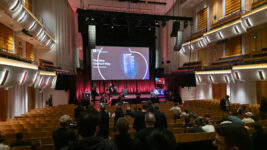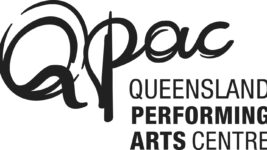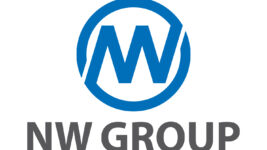NEW ZEALAND
1 Oct 2025
Eventing the Future: Politics, Promoters, and the Push for Recognition
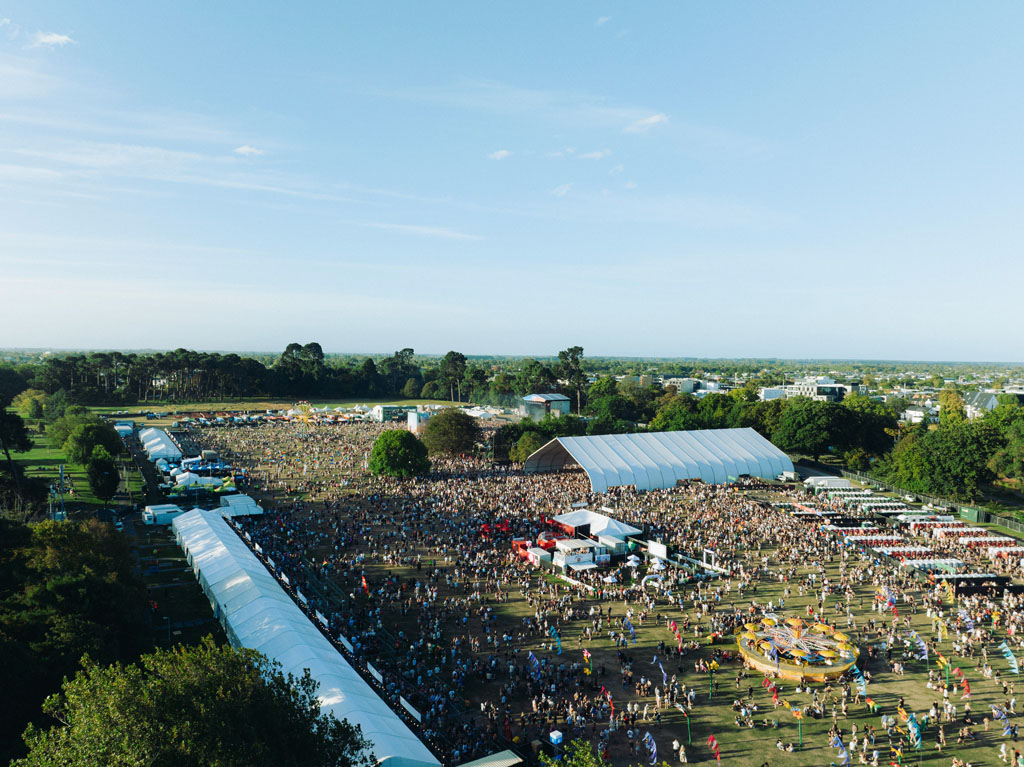
Subscribe to CX E-News
Ministers promised, promoters pushed back – and concerts are finally on the agenda.
At NZEA’s Eventing the Future conference in Hamilton, the mood among live entertainment and major events professionals was one of cautious optimism. There was palpable energy but also frustration that the music, arts, and non-sporting side of “events” has for too long been treated as an afterthought.
The political hand played a careful game: promising more, signalling change, but leaving many of the details to future announcements.
Since then, however, things have moved at pace. Policy shifts have materialised, funding frameworks have opened, and for the first time in years, concerts are on the government’s agenda.
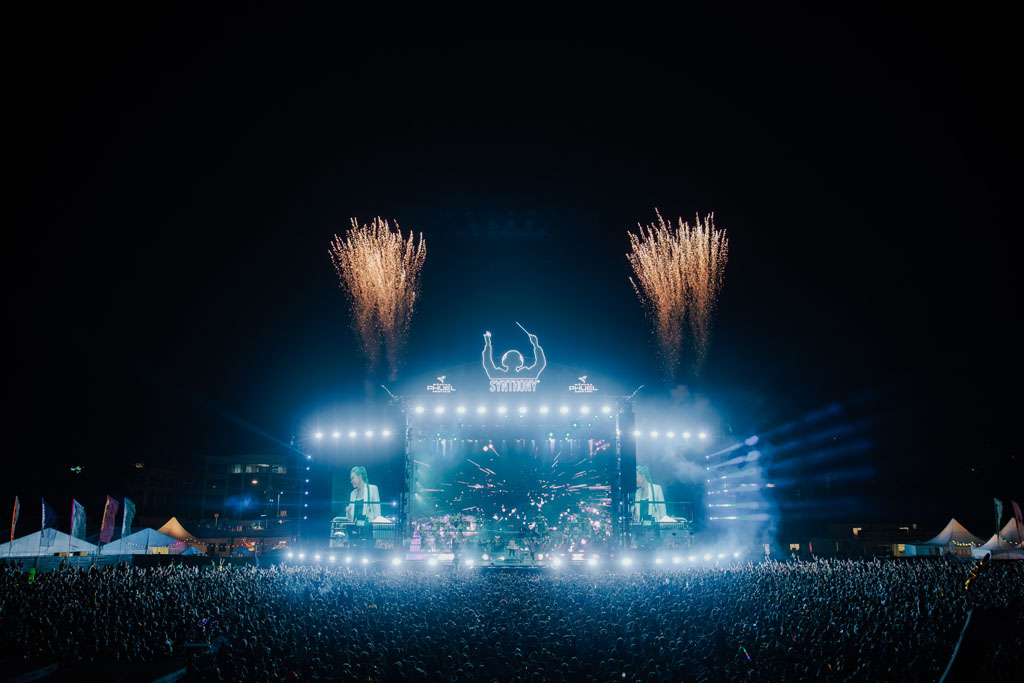
The Ministers: Recalibrating Investment, Strategy, and Regulation
Tourism and Hospitality Minister Louise Upston took the stage just months after facing significant backlash over a January announcement: a $5 million boost to major events that explicitly excluded concerts and festivals. At the time, Upston had argued that, “We have to be realistic about whether concerts generate economic value for New Zealand,” suggesting that profits often went offshore. The move was roundly criticised across the live music and arts sector, with many pointing out the broader cultural and regional value such events provide, even if not always measurable in GDP terms.
At the conference, Upston shifted tone. She focused on “building strong pipelines” for major events and signalled that a wider investment package was forthcoming. While short on detail, her speech was interpreted as a political soft pivot, acknowledging pressure from the cultural sector without fully reversing course.
That critique, and the conversation about what counts as a “major event”, was picked up by Kylie Hawker-Green, Manager of Major Events at MBIE. She outlined the government’s refreshed Major Events Strategy, which centres on investment in events that deliver net national economic benefit, support high- performance sport outcomes, and/or celebrate New Zealand’s identity, creativity, and diversity.
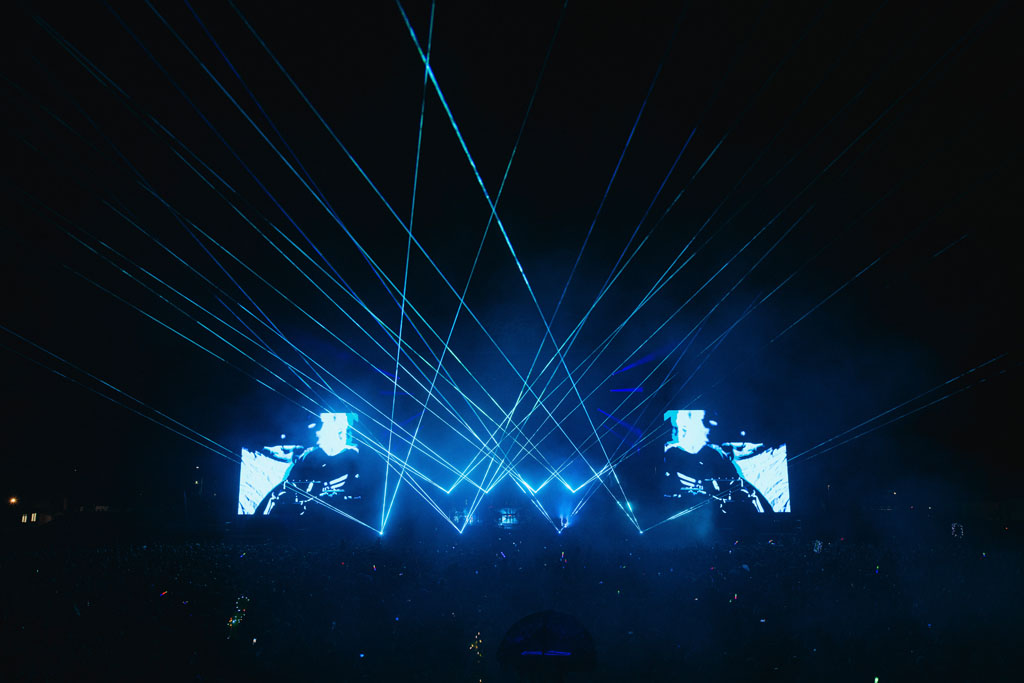
While music and arts theoretically fall under the third pillar, Hawker-Green acknowledged these areas have historically been under- represented in major event funding. She urged the sector to focus on future pipeline building, at the same time warning of intensifying global competition, referencing Qiddiya City in Saudi Arabia, a mega-project that combines sport, culture, and entertainment infrastructure on a staggering scale. New Zealand needs to be clever about what it pitches for, clear about its point of difference, and market it well.
Associate Justice Minister Nicole McKee offered more concrete support for the sector, outlining proposed reforms to simplify alcohol licensing under the Sale and Supply of Alcohol Act. These include introducing a nationally consistent, risk-based approach to special licence applications, improving coordination for events that cross district boundaries, and significantly raising the threshold for what qualifies as a “large-scale” event, from 400 to 2,000 attendees. The aim is to reduce red tape and bring greater clarity and consistency to licensing decisions, particularly for mid-sized events, thereby lowering planning risks and compliance costs across the live sector.
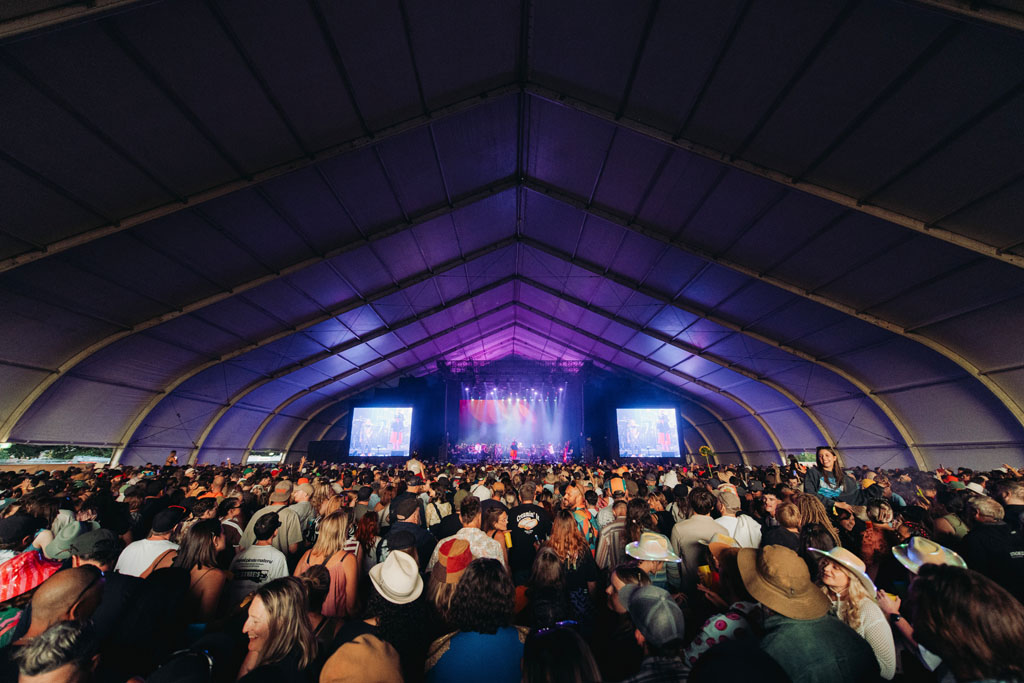
The Promoters: Confronting Cost, Competition, and Demand
David Benge from TEG Live set a grounded, forward-looking tone. Speaking during the “Promoting Our Cities” session, he acknowledged persistent challenges: a tough exchange rate, rising production costs especially when artists insist on importing staging, and intense global competition, like multimillion-dollar offers tied to Formula 1 events. He also flagged withholding tax complexities that make Australia more attractive, and pointed to local councils understandably demanding exclusivity, which hinders the viability of cohesive national tours.
Still, Benge wasn’t downbeat, wryly citing Peppa Pig and Bluey as recent hits. He highlighted strong partnerships with city stakeholders, referenced upcoming blockbusters like the Royal Edinburgh Tattoo and Cirque du Soleil, and spoke about ongoing research to support the sector’s value case. His message was clear: things are hard, but the sector is innovating and adapting.
Mark Kneebone, Managing Director of Live Nation NZ, was more direct in his keynote. He described 2025 as “the year of the slow burn,” contrasting it with a record-breaking 2024 that drew 1.5 million attendees. His words were pointed, “The allure of New Zealand as a destination and must-do touring market is in a state of flux…Our nation is falling down the global pecking order.”
Kneebone cited freight blowouts, the weakened NZ dollar, and a lack of local incentives as key reasons New Zealand is being deprioritised on global tours. He warned that artists now favour fewer cities with higher returns, and New Zealand is becoming harder to justify, “While every artist has their own motivation for touring, the one common denominator is that they need to be able to afford to come here in the first place.”
Still, he wasn’t without hope. Demand remains strong, audiences are eager, and the infrastructure is mostly there. But without structural support, he argued, that demand might not be enough.
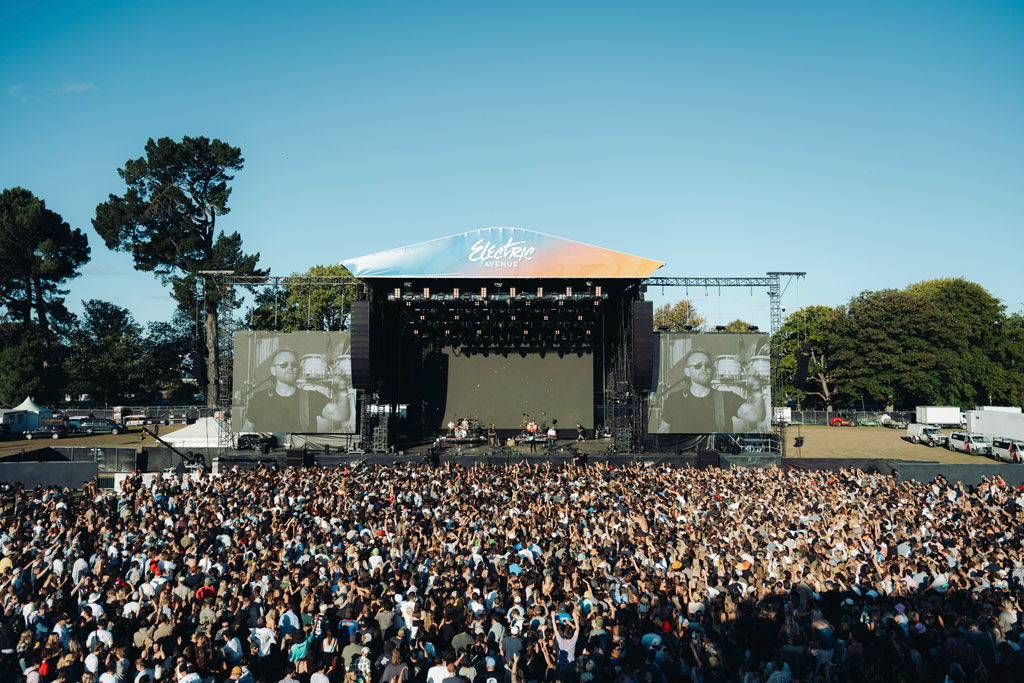
The Festivals: Legacy, Risk, and Regional Impact
A panel showcased the resilience and relevance of Aotearoa’s festival sector, bringing together organisers from Rhythm & Vines, Homegrown, and Duco Events, who collectively argued that festivals do more than fill hotel beds, they build culture, support artists, and activate regions. “We’re a rite of passage for young New Zealanders,” said Hamish Pinkham of Rhythm & Vines. “That’s hard to quantify in GDP.” After 23 years, R&V continues to draw thousands to Gisborne every New Year’s, with measurable regional spend and intangible cultural capital.
Andrew Tuck, speaking for Homegrown, described the festival’s move to Hamilton as a calculated bet on future growth. “We shifted Homegrown to Hamilton not because we had to, but because we wanted to grow. That takes risk,” he said. David Higgins of Duco, meanwhile, framed festivals as maturing business ventures. “Festivals now have to be run like businesses,” he argued. “You need a brand, a plan, and partners who get it.” The trio agreed: festivals are no longer fringe, they’re part of the national infrastructure of entertainment, community identity, and regional development, and as such worthy of government support.

Then Came the Announcement
Days after the conference, Minister Upston delivered the hinted-at announcement: a $70 million events and tourism package that included a $40 million Events Attraction Package to secure large scale international events and a $10 million Events Boost Fund to support existing events and attract international opportunities.
Completing the soft pivot, for the first time concerts are explicitly eligible for support under the major events fund, “This level of investment in events represents a significant funding boost and for international comparison puts New Zealand on a par with Queensland.
We know big events deliver.” Upston’s press release backtracked, “Over three years, 14 Auckland shows (including Coldplay and Pearl Jam) generated $33.7m for the local economy with 490,000 attendees. We want to see more action like that, and we are stepping up with incentives to promoters to make it happen.”
Applications for the Events Boost Fund is now open to promoters, venues, councils, and national organisations. Events must attract international visitors and begin by end 2026, local government must contribute 25% of public investment and domestic-only touring concerts, already-announced shows, markets, parades, or regularly scheduled sport fixtures are ineligible.
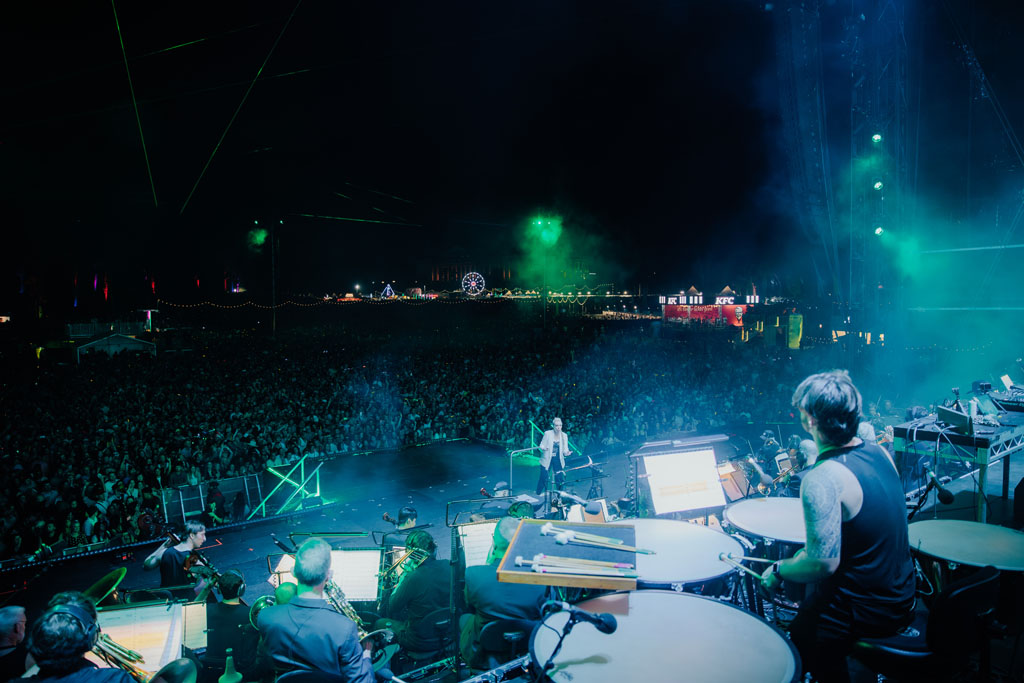
Get Your Bid In
The live events sector came to Hamilton seeking recognition, and in the weeks that followed, it got more than many expected. From a once-dismissive ministerial stance to a $70 million package that finally includes concerts, the shift shows what collective advocacy can achieve. Yet the challenge is far from over. Festivals, promoters, and venues still face cost pressures, regulatory hurdles, and international competition that money alone won’t solve. What’s changed is the signal: government is listening, the fund is open, and the opportunity is there. For those ready to seize it, the message is clear – get your bid in.
Main Pic: Electric Avenue 2025
Subscribe
Published monthly since 1991, our famous AV industry magazine is free for download or pay for print. Subscribers also receive CX News, our free weekly email with the latest industry news and jobs.

